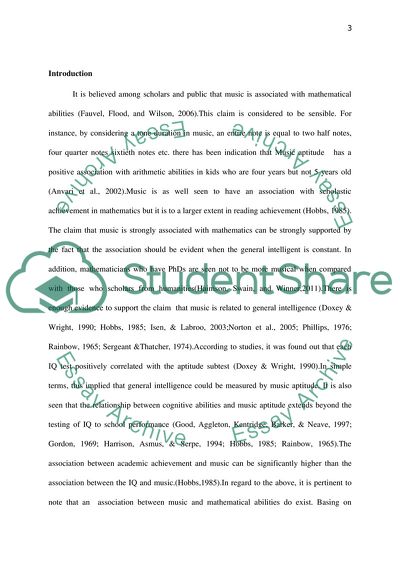Cite this document
(“Research method (statistics) Lab Report Example | Topics and Well Written Essays - 1000 words”, n.d.)
Research method (statistics) Lab Report Example | Topics and Well Written Essays - 1000 words. Retrieved from https://studentshare.org/psychology/1677909-research-method-statistics
Research method (statistics) Lab Report Example | Topics and Well Written Essays - 1000 words. Retrieved from https://studentshare.org/psychology/1677909-research-method-statistics
(Research Method (statistics) Lab Report Example | Topics and Well Written Essays - 1000 Words)
Research Method (statistics) Lab Report Example | Topics and Well Written Essays - 1000 Words. https://studentshare.org/psychology/1677909-research-method-statistics.
Research Method (statistics) Lab Report Example | Topics and Well Written Essays - 1000 Words. https://studentshare.org/psychology/1677909-research-method-statistics.
“Research Method (statistics) Lab Report Example | Topics and Well Written Essays - 1000 Words”, n.d. https://studentshare.org/psychology/1677909-research-method-statistics.


